Australian
Racing
A National Passion
Australia has more racecourses and racehorse owners than any other country, despite a population of just 27 million. Racing remains a mainstream sport, with trainers such as Gai Waterhouse and Chris Waller, along with champion racehorses like Winx and Black Caviar, all household names.
It helps that our most prestigious racecourses are in the heart of the biggest cities and our major meetings draw huge crowds. Australia is also a nation that enjoys a bet: walk into most pubs or bars and you’ll see racing on TV. This culture generates significant returns for owners due to a funding model that sees a percentage of every dollar wagered returned to the industry.
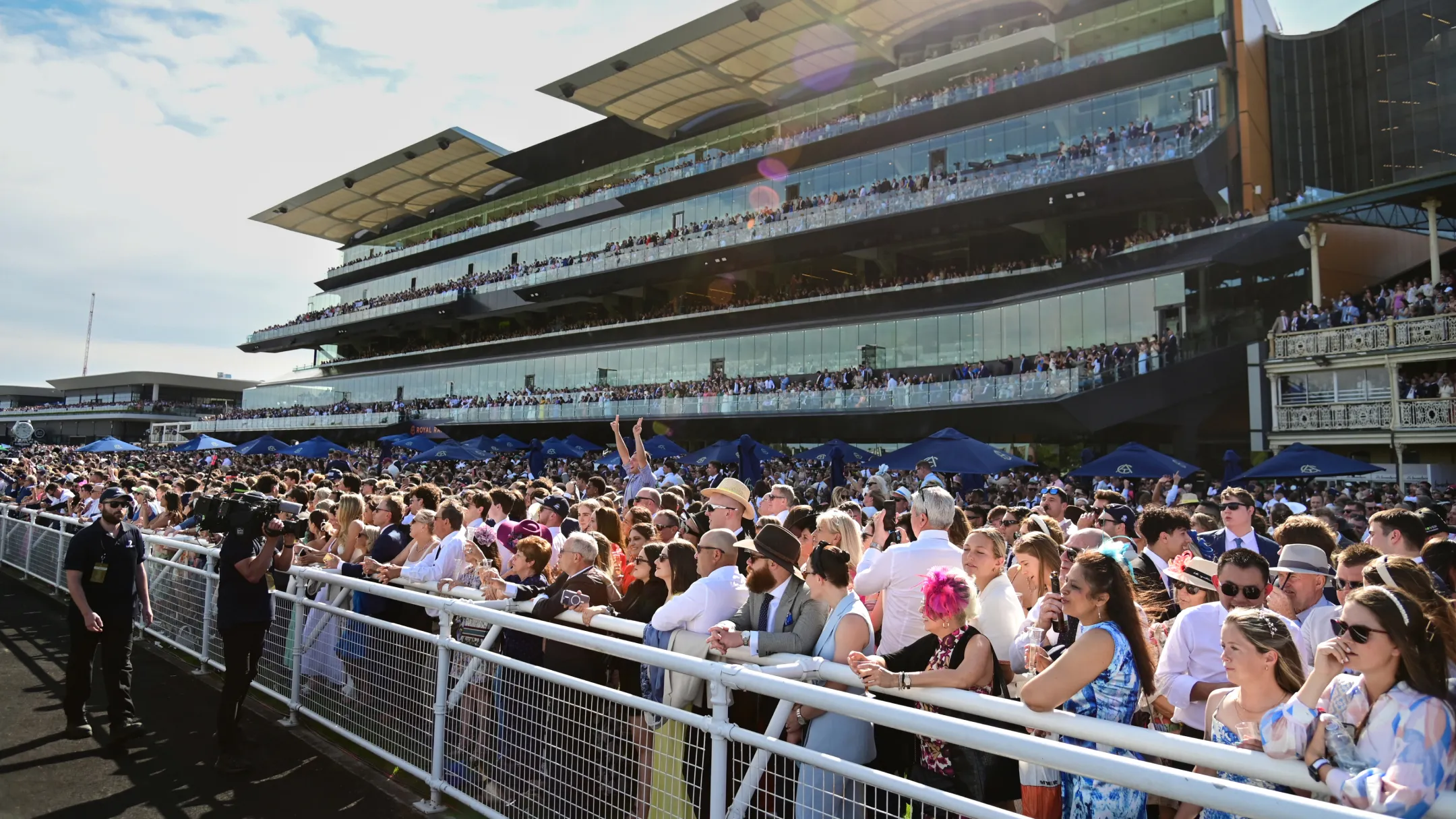
Prizemoney
Australia offers unrivalled rewards for owners
When it comes to major races – and major prizemoney – we are second to none. In 2024 there are 104 races worth A$1 million or greater, which is the equivalent of one race every 3.5 days. This number has soared in the past decade, up from 21 in 2013.
But it’s not just at the elite level that returns to owners have jumped up dramatically. In the past five years, total prizemoney across the country has increased by some 45% – by far the biggest rise of any major racing jurisdiction.
With the average race now worth more than $50,000, owners in Australia have a great opportunity to recoup their outlay in prizemoney.
The History
Australia’s passion for horse racing is as enduring as the nation itself
The first official race meeting was staged in Sydney’s Hyde Park in 1810 – just 22 years after the arrival of the First Fleet – while the latest racing season saw nearly 20,000 races conducted in eight states and territories.
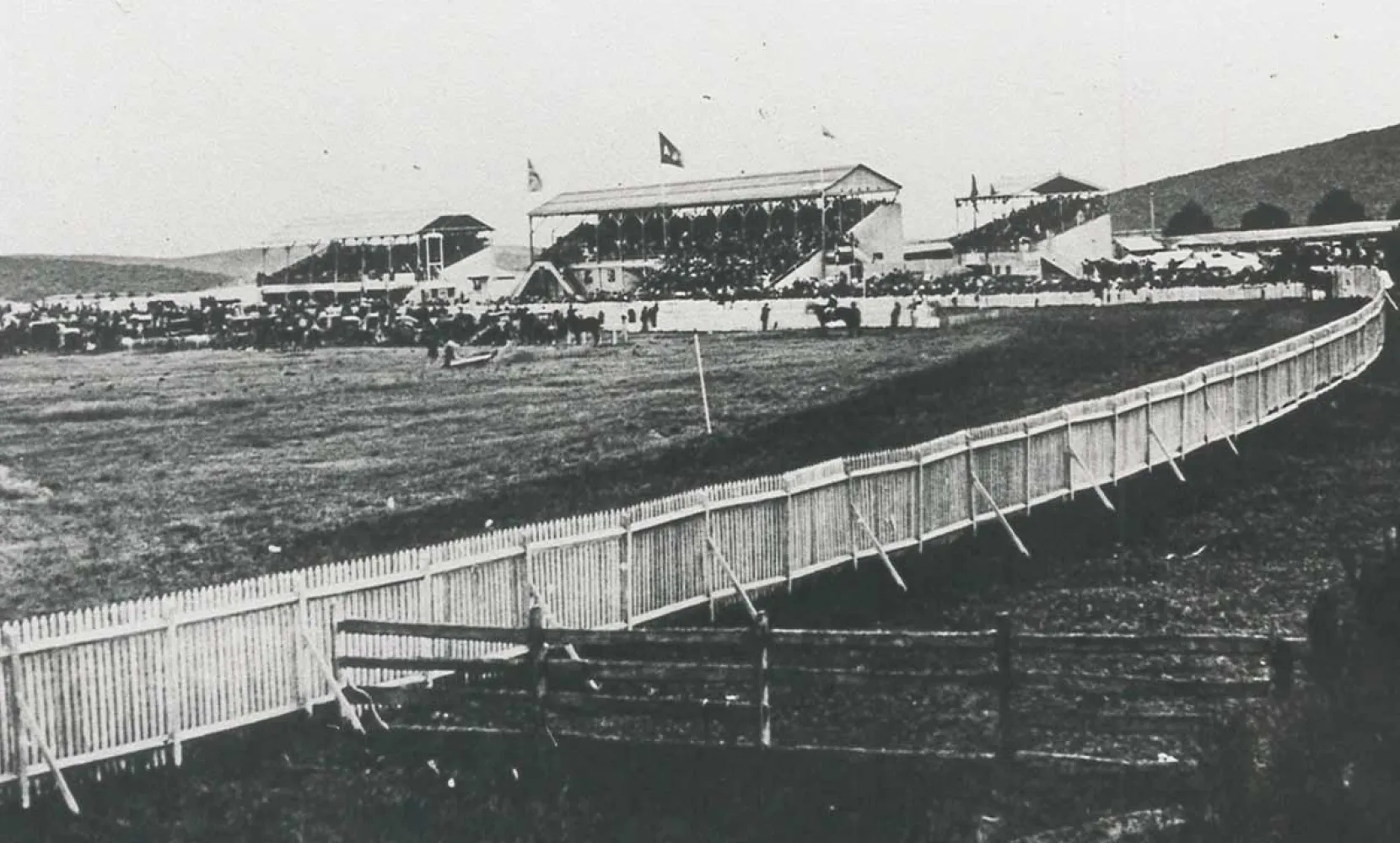
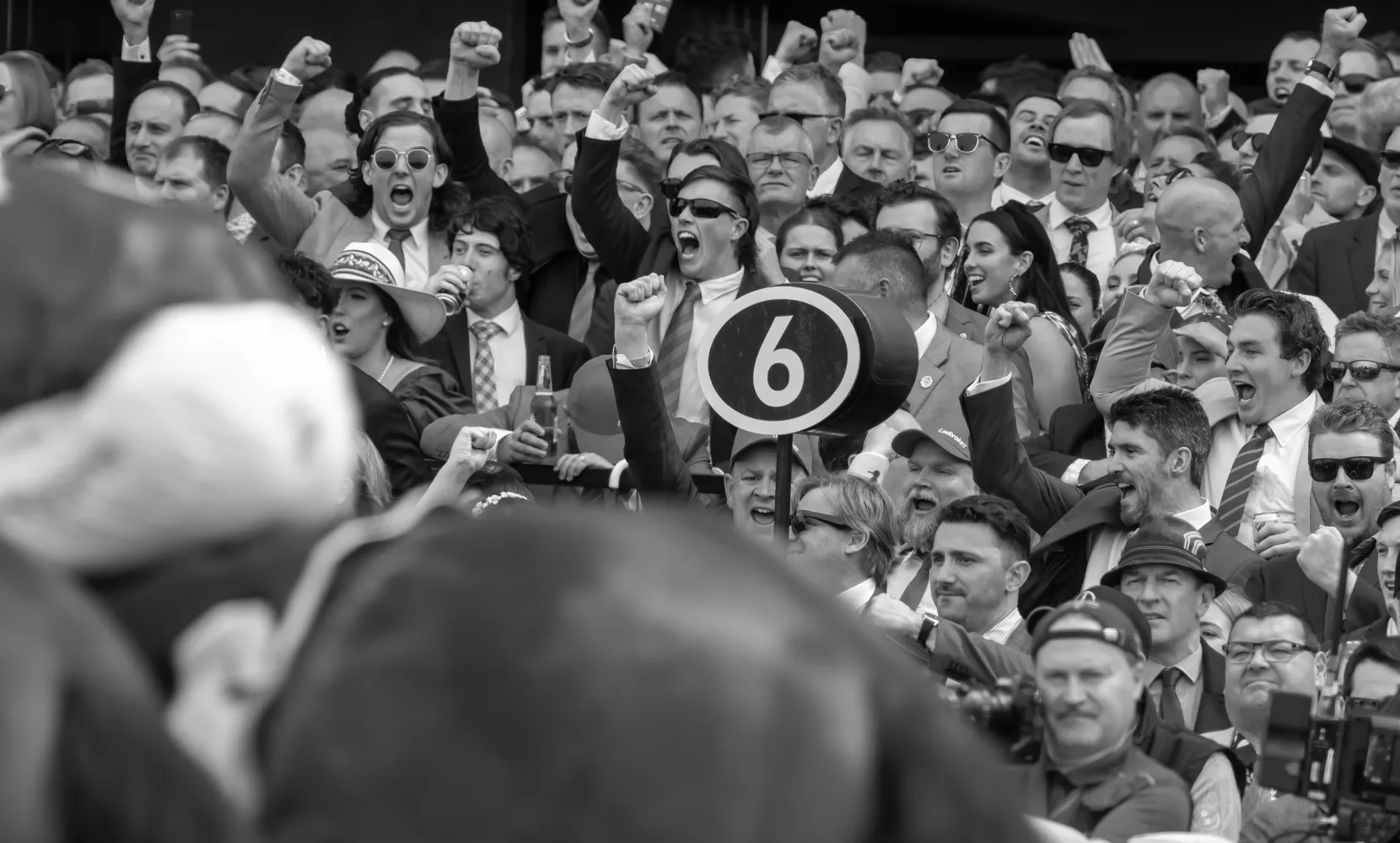
Competing in those races were 35,000 horses, vying for over $850 million in prizemoney
The $8 million Melbourne Cup – first run in 1861 – remains one of Australia’s most famous events and is a race that truly stops a nation.
As the great American writer, Mark Twain, said when attending the Melbourne Cup in 1895: “Nowhere in the world have I encountered a festival of people that has such a magnificent appeal to the whole nation.”
However, the Melbourne Cup is but one of 104 races in Australia annually that attracts $1 million or greater in prizemoney. For instance, The Everest is a $20 million race, and the world’s richest race on turf, while the $5 million Golden Slipper is the most lucrative contest around the globe for 2YOs.
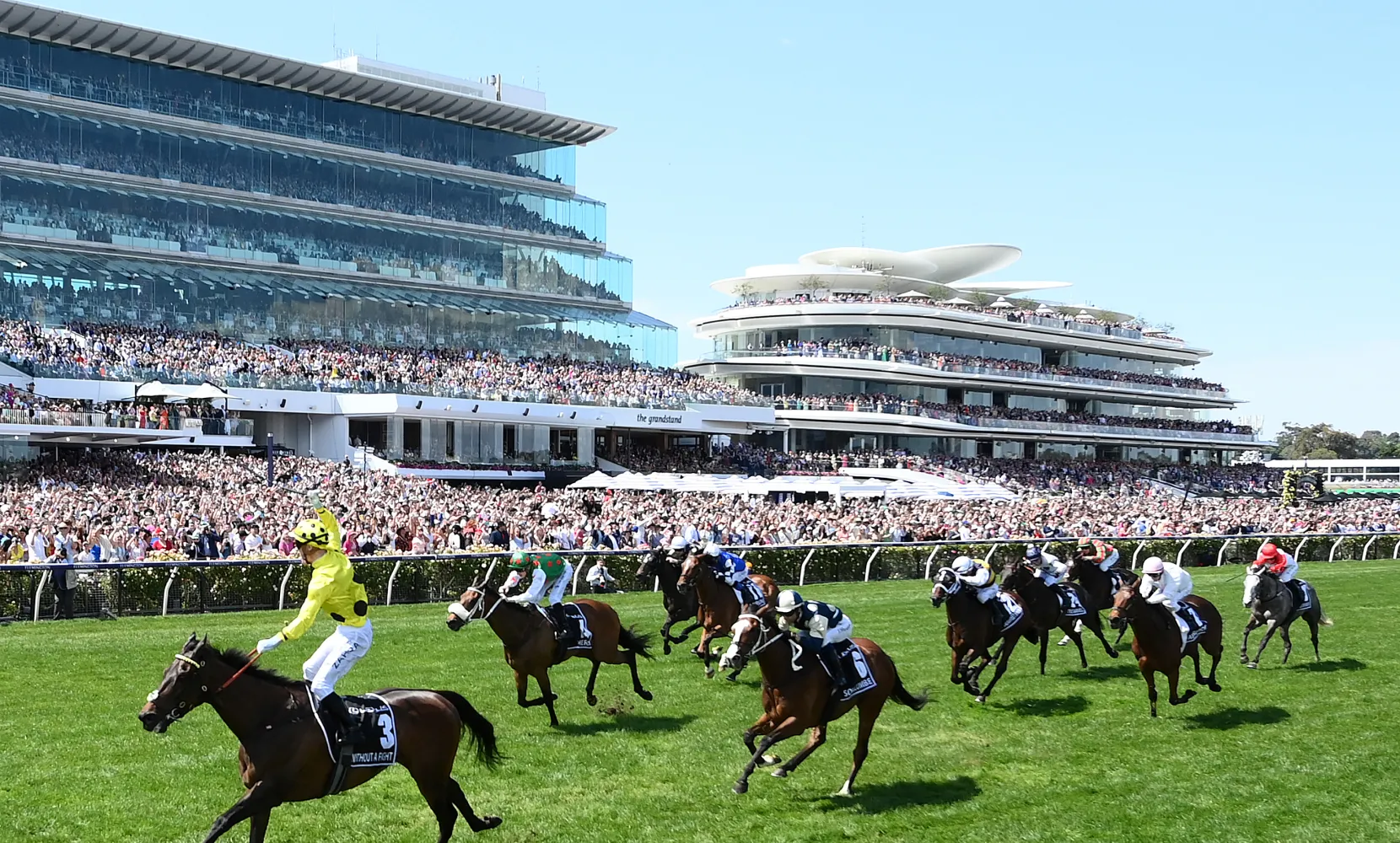
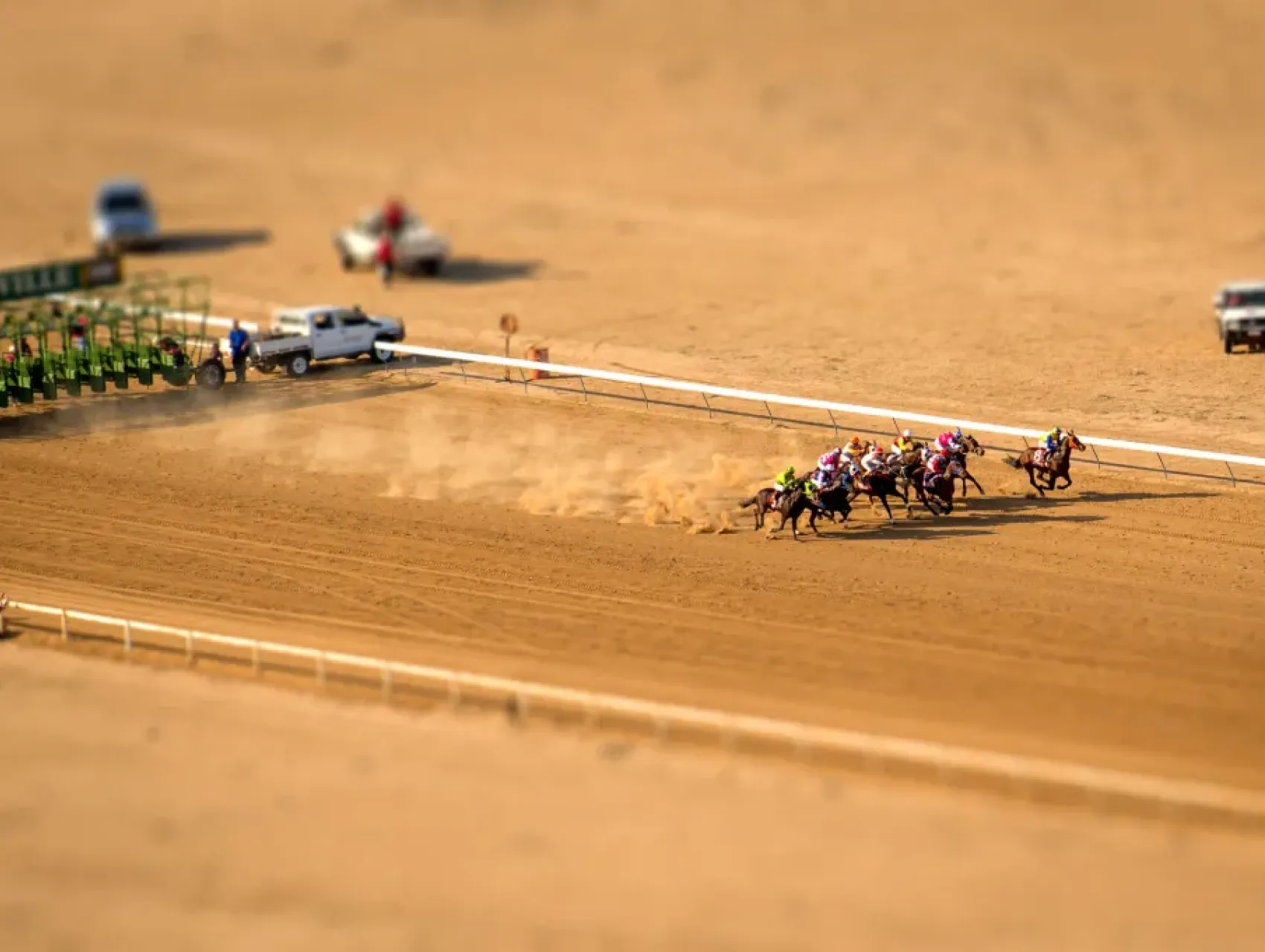
But it’s not all about the prizemoney: many regional cities and towns conduct their own ‘Cups’ – with a public holiday attached – including the famous Birdsville meeting in September. Situated 1,600 kilometers from Brisbane (and approximately the same distance from Adelaide), Birdsville boasts a population of 110 but attracts 6,000 to a race meeting which has been around since 1882. It typifies the egalitarian nature of horse racing in Australia with people from all walks of life involved in either outright ownership or a minor percentage through syndication.
Major Racing Carnivals
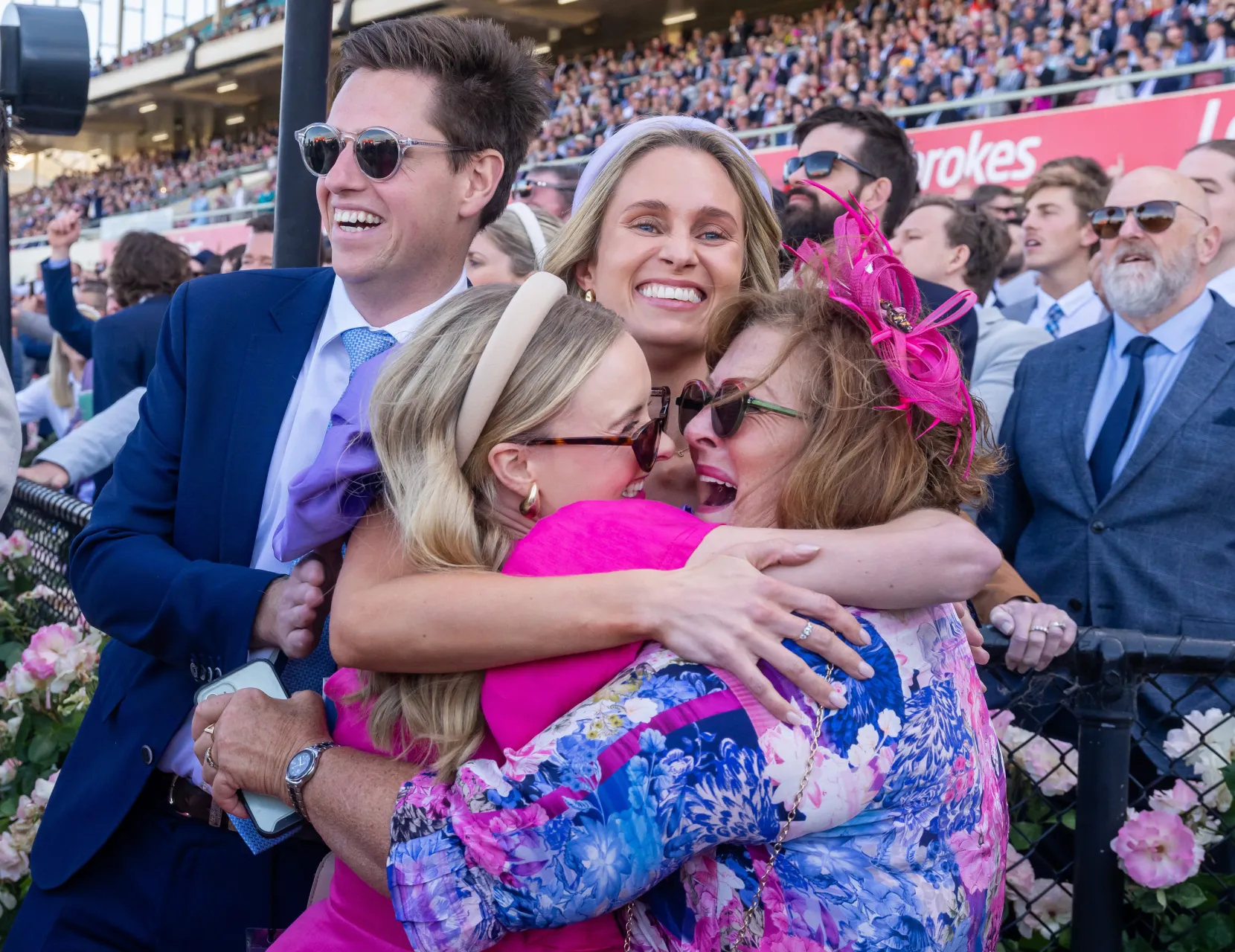
The Australian racing season commences on the 1 August
Over 2,500 race meetings are staged each year which are spread across all but two days – Good Friday and Christmas Day. Of the 20,000 odd individual races, 597 are designated as black type events, with 74 at Group One level.
The vast majority of these black type races are conducted during designated carnivals which are major events that draw hundreds of thousands of people to enjoy the fun, fashion and of course, the world class racing.
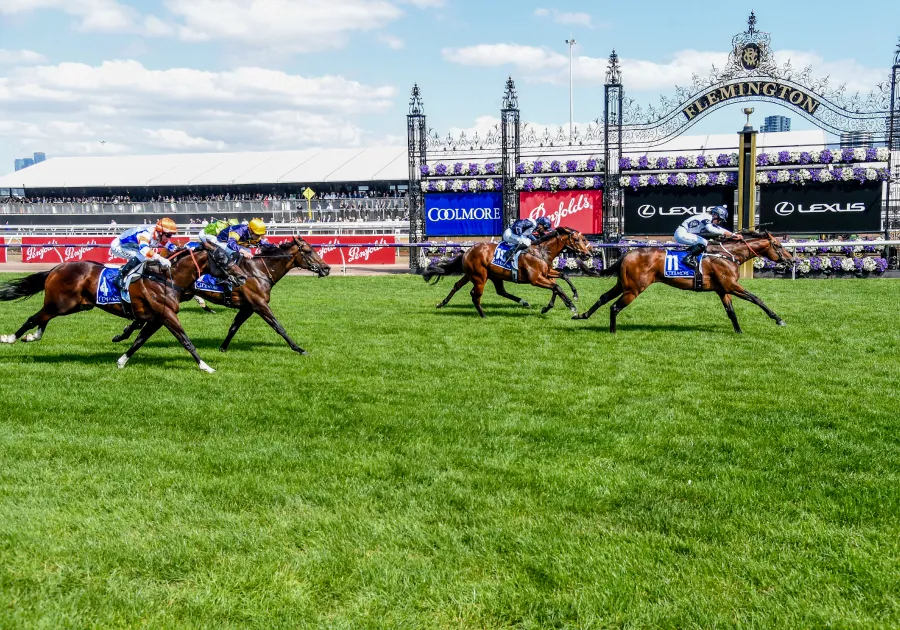
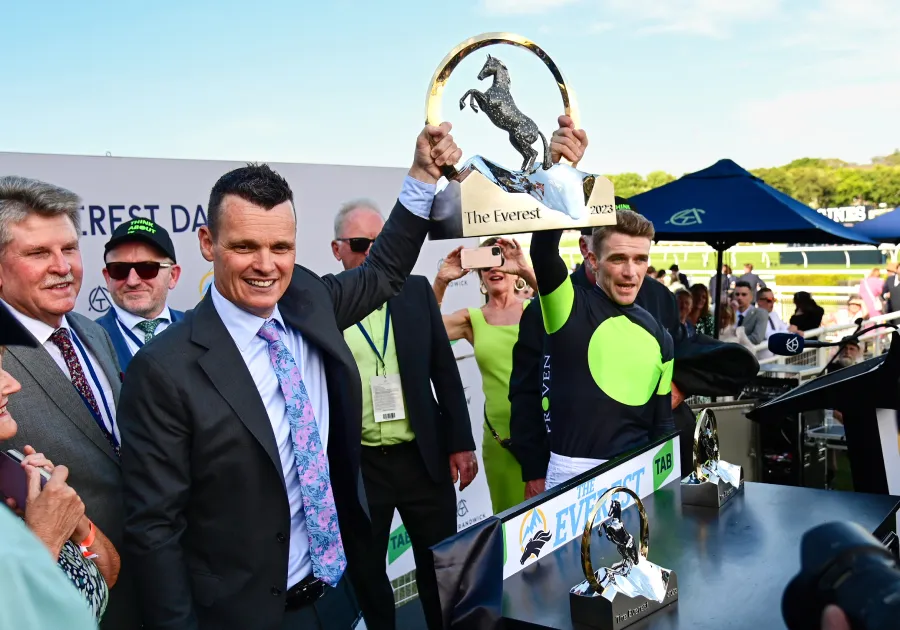
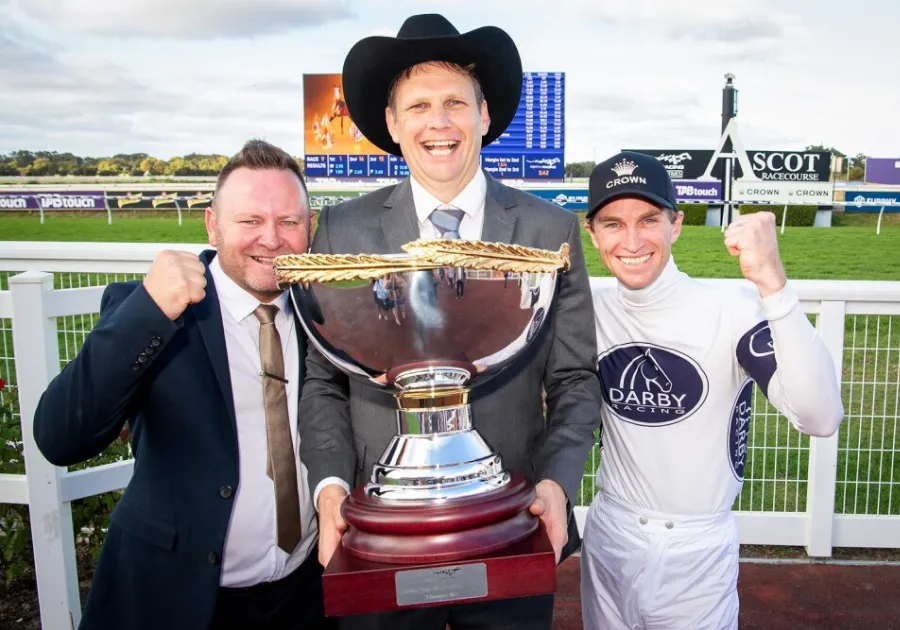
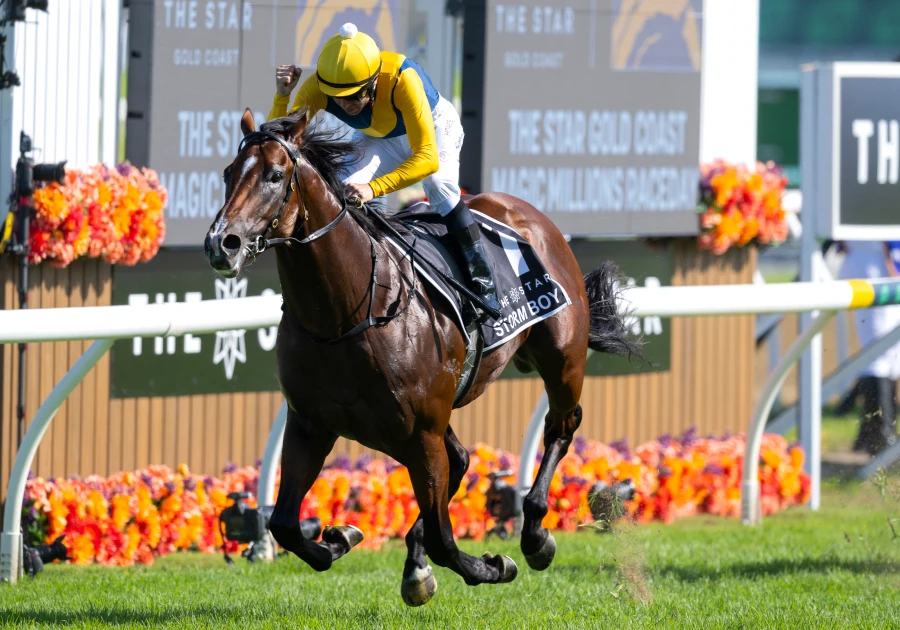
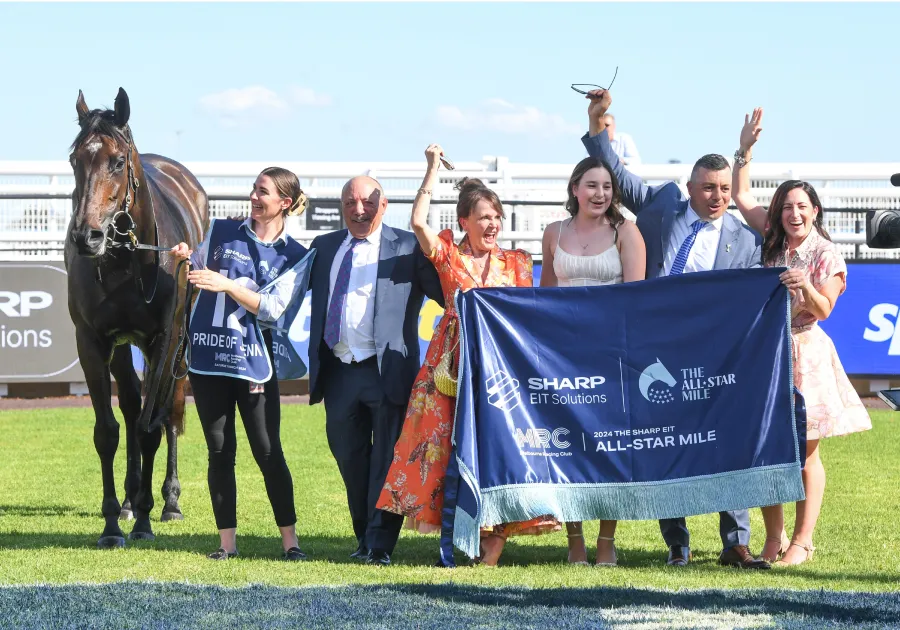
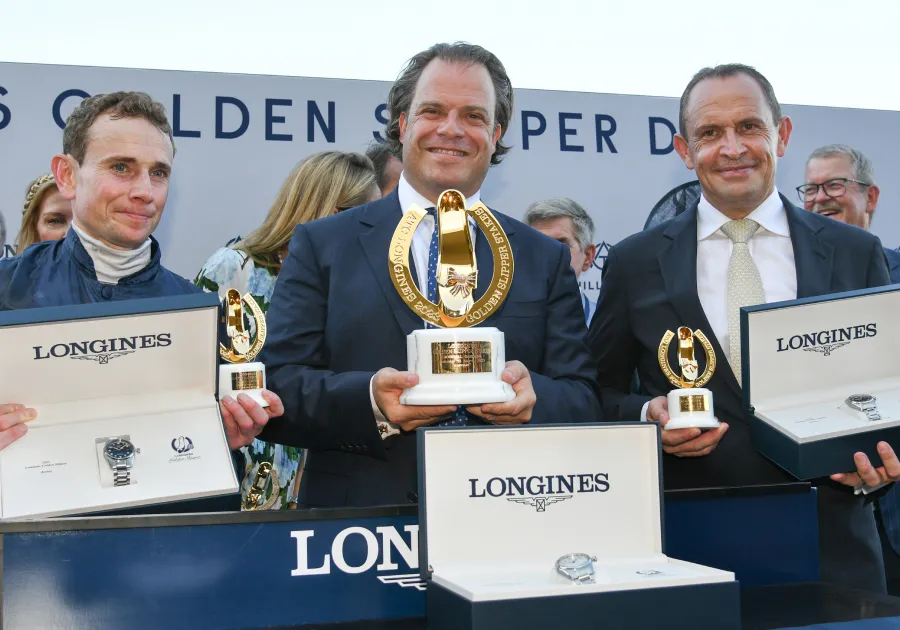
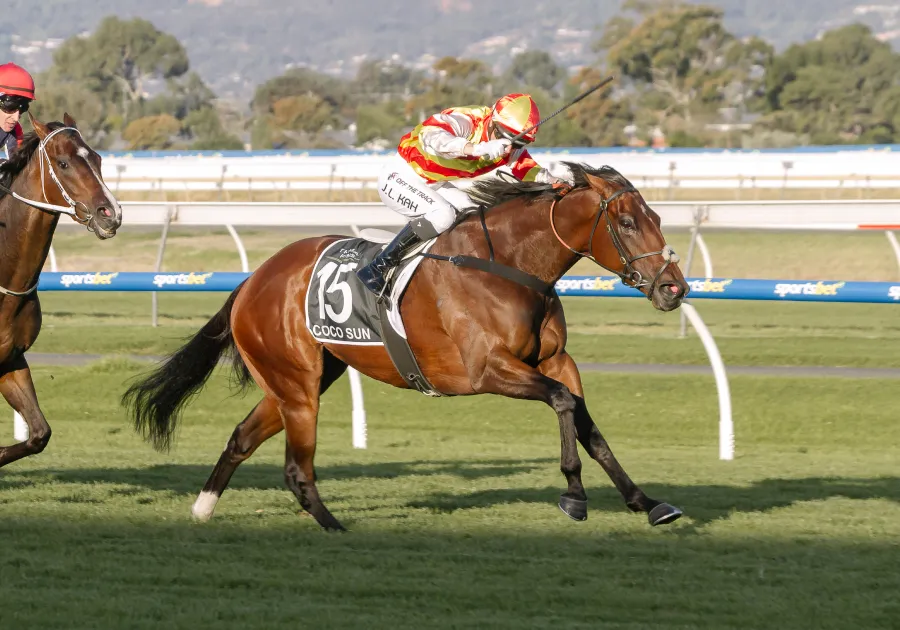
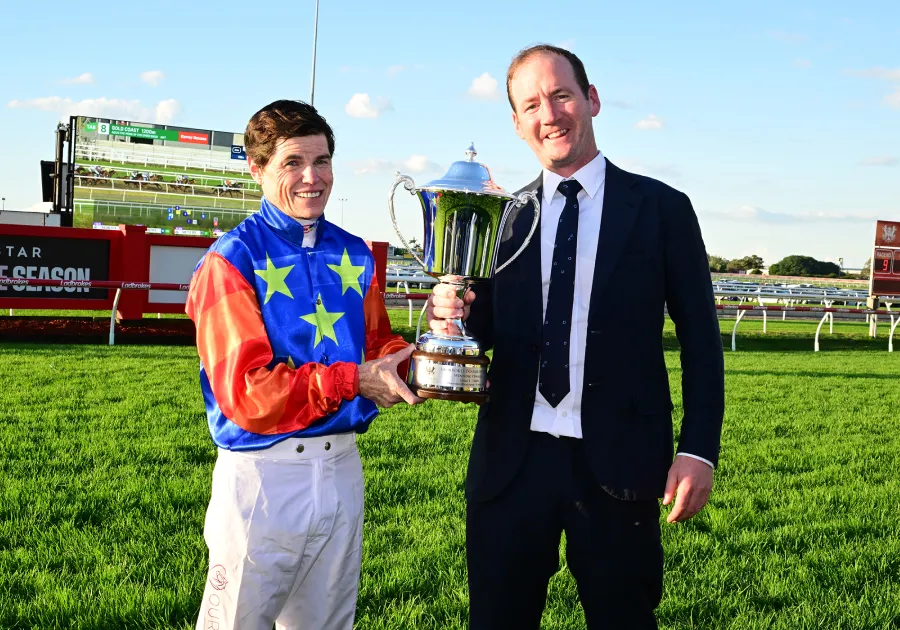
Governance
Each Australian state has its own racing authority that regulates the sport in its jurisdiction. These authorities (referred to as Principal Racing Authorities or PRAs) licence participants, such as trainers and jockeys, and run the racing program as well as dispense prizemoney from the revenue they receive from wagering, media rights and taxes. Individual race clubs – such as the Victorian Racing Club, which runs Flemington – oversee the administration of the racetracks.
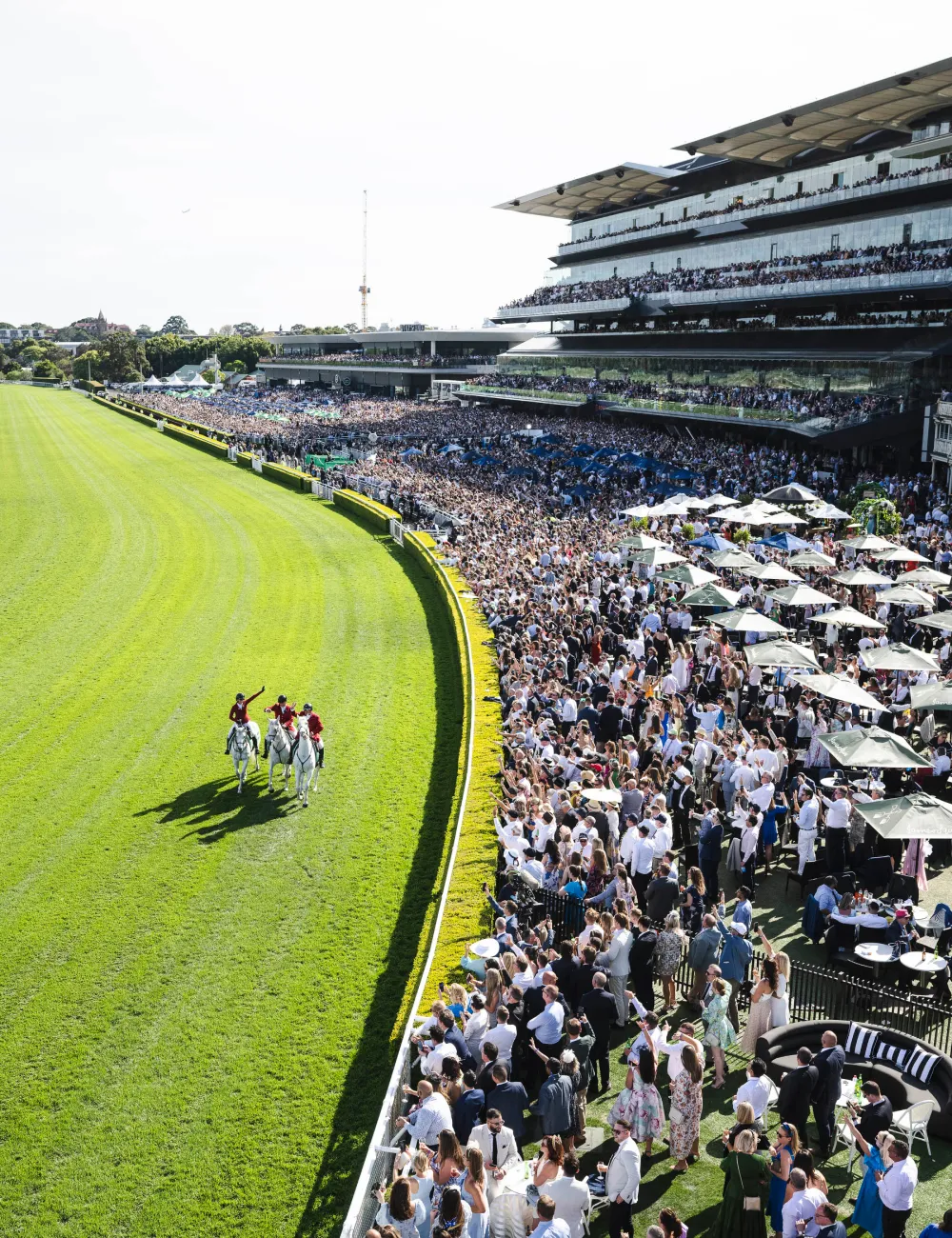
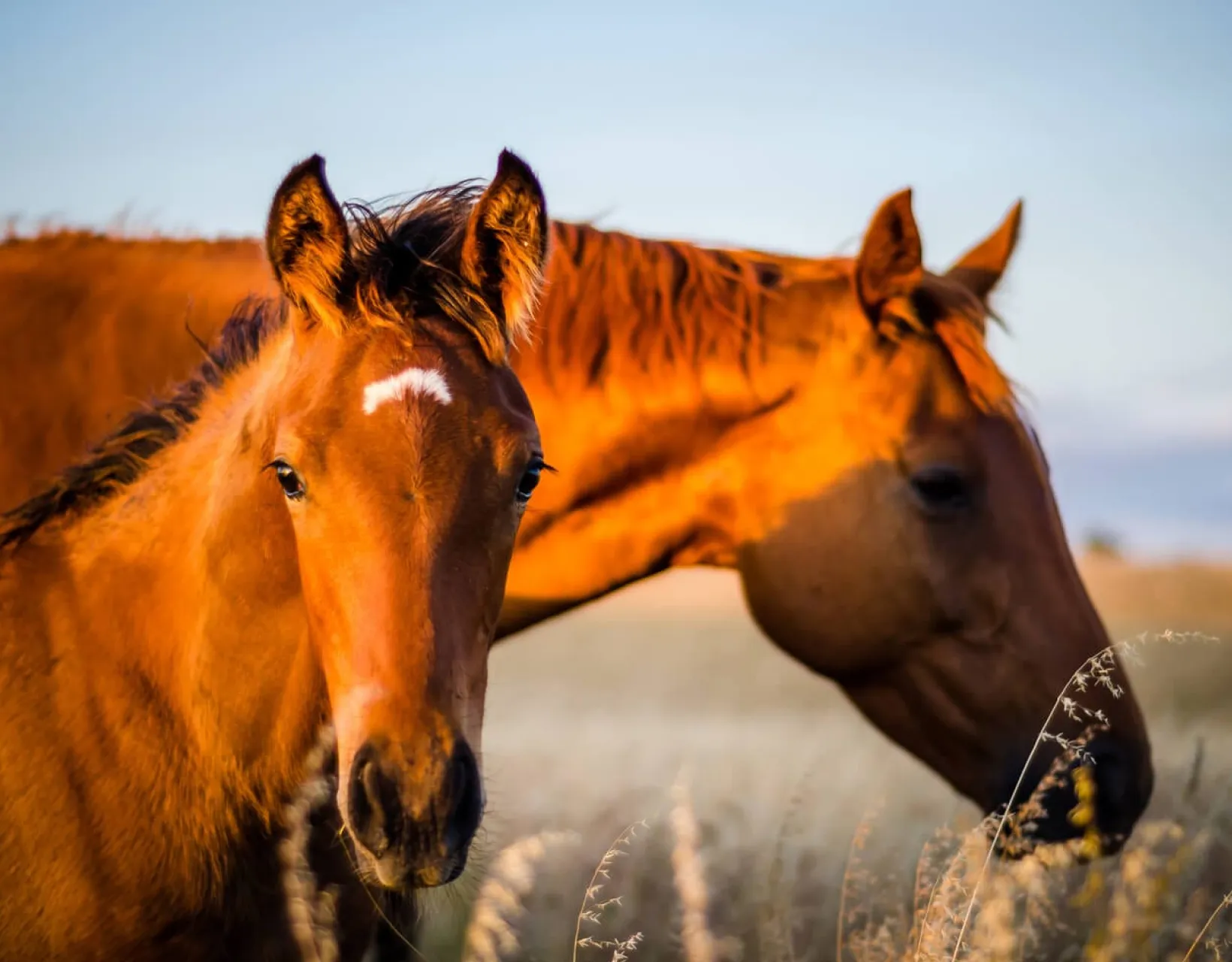
Learn more about the governance in each state.
New South Wales: https://www.racingnsw.com.au/
Victoria: https://www.racingvictoria.com.au/
Queensland: https://www.racingqueensland.com.au/
South Australia: https://www.racingsa.com.au/
Western Australia: https://www.rwwa.com.au/
Tasmania: https://tasracing.com.au/